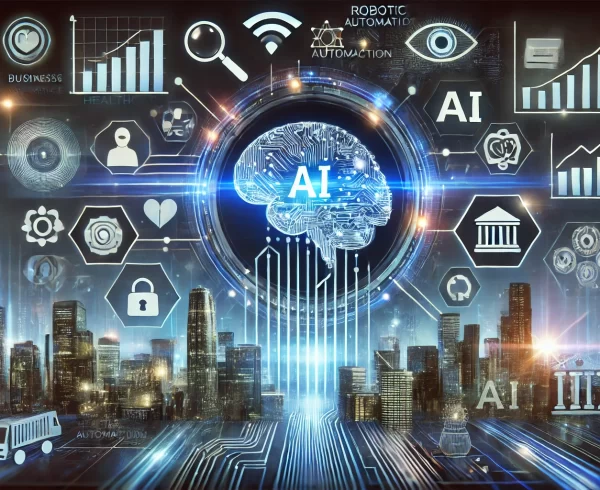In today’s rapidly evolving world, the integration of Information Technology (IT) solutions has become instrumental in enhancing the efficiency, accuracy, and overall effectiveness of various industries. One such sector that stands to benefit immensely from IT advancements is law enforcement. Police services around the globe are recognizing the potential of IT to streamline operations, improve crime prevention, and foster better community engagement. In this blog post, we delve into how the IT sector can lend its expertise to revolutionize police services in every possible way.
1. Advanced Data Analysis for Crime Prediction: With the abundance of data available, police services can leverage sophisticated data analysis tools to identify patterns and trends in criminal activities. Predictive analytics can help law enforcement agencies allocate resources more efficiently, focus on high-risk areas, and take proactive measures to prevent crimes before they occur.
2. Real-time Surveillance and Monitoring: IT solutions offer the possibility of real-time surveillance through the deployment of cutting-edge cameras, sensors, and facial recognition technology. This enables law enforcement to respond quickly to emergencies, track criminals, and monitor public spaces effectively, enhancing public safety.
3. Digital Evidence Management: Managing and preserving evidence is a critical aspect of police work. IT systems can facilitate secure storage, easy retrieval, and efficient sharing of digital evidence such as photos, videos, and documents. This streamlined approach ensures the integrity of evidence and aids in building stronger cases.
4. Streamlined Communication: Effective communication is paramount in law enforcement. IT tools can provide secure communication channels for police officers to exchange information, share updates, and coordinate efforts seamlessly. This real-time communication enhances situational awareness and response times.
5. Community Engagement and Public Relations: Police departments can harness the power of social media, websites, and mobile apps to foster better relationships with the community. IT platforms allow for transparent communication, community outreach, and the dissemination of safety information, resulting in improved trust and cooperation between law enforcement and the public.
6. Efficient Resource Allocation: IT systems can assist in optimizing resource allocation by analyzing historical data on crime rates, response times, and incident severity. This data-driven approach empowers police services to allocate personnel and equipment strategically, ensuring a quicker and more effective response to emergencies.
7. Training and Skill Development: The IT sector can contribute to police training programs by offering advanced simulation tools, virtual reality scenarios, and online learning platforms. These technologies enhance officers’ skills, decision-making abilities, and crisis management techniques in a safe and controlled environment.
8. Cybercrime Prevention and Investigation: With the rise of cybercrimes, police services require specialized IT tools to combat these sophisticated threats. IT professionals can collaborate with law enforcement agencies to develop strategies, tools, and techniques to prevent, detect, and investigate cybercrimes effectively.
9. Biometric Identification: Advancements in biometric technology, such as fingerprint recognition and facial scanning, can significantly aid in suspect identification and verification. IT solutions enable rapid identification of individuals, enhancing the speed and accuracy of criminal investigations.
10. Data Security and Privacy: As police services gather and store sensitive information, ensuring data security and privacy is of utmost importance. The IT sector can provide expertise in implementing robust security measures, encryption protocols, and compliance with data protection regulations.
In conclusion, the IT sector holds immense potential to transform police services and reshape the way law enforcement agencies operate. From crime prediction and real-time surveillance to community engagement and cybercrime prevention, IT solutions offer a myriad of benefits that can enhance public safety, streamline operations, and improve overall police effectiveness. By fostering collaboration between law enforcement and IT professionals, we can pave the way for a safer and more secure society. As technology continues to evolve, the integration of IT innovations into police services will undoubtedly be a driving force in the pursuit of justice and public well-being.






